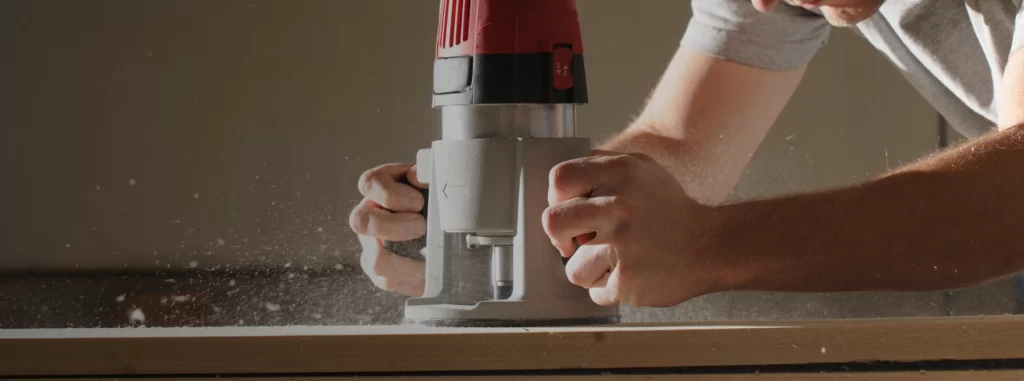
In this article, Health and Safety Consultant, Adam Williams explains the dangers of dust in the workplace. He explores cases where companies have been prosecuted for non-compliance and advises what companies should do to avoid this from happening to them.
Employers are legally responsible for preventing or controlling the exposure of dust in the workplace.
Shockingly, the HSE conducted over 1000 woodworking inspections in 2022/23 and found that a staggering 78% of businesses were not compliant in protecting workers from respiratory sensitisers! As a result, 402 enforcement actions were taken.
Wood dust is a hazardous substance. If exposed to wood dust, it can lead to workers contracting serious non-reversible health problems such as asthma, dermatitis and irritation to the eyes, nose and throat.
As detailed by the HSE – ‘Occupational lung disease causes the death of 12,000 people in Great Britain annually, and there are an estimated 19,000 new cases of breathing and lung problems each year, where individuals regarded their condition as being caused or made worse by work’
Failure to comply and correctly control the dangers of dust in the workplace can have serious consequences. This was found in a couple of cases recently reported by the HSE where a furniture company was fined due to several wood dust failures and a sole trader was fined following workers exposure to a hazardous substance.
The furniture company was fined because it failed to protect its workers from exposure to wood dust. The HSE visited the company on two occasions. On both instances, they were found to be breaching the Control of Substances Hazardous to Health Regulations 2002 (COSHH).
What should the company have had in place?
It was a similar outcome for the sole trader, who was also fined after their employees were exposed to a hazardous substance due to a significant build-up of wood dust. It was found that the ventilation system was not working correctly and had not been examined or checked. This system is supposed to capture wood dust to help protect employees from the dangers of dust. The sole trader had previously been handed an improvement notice where no improvement was made.
What should the company have had in place?
Here at HPC, we have knowledgeable and experienced consultants that can act as your competent health and safety person. They can carry out thorough risk assessments which are reviewed annually or when there has been a significant change and advise on any action needed to be taken.
We are also partners of a health and safety software called oneSAFE. Using oneSAFE, employers can store all of their health and safety documentation in one place and set reminders for when a review is required. For example, setting regular reminders for the testing of ventilation systems. oneSAFE also has a function to record accidents and near misses and has many templates and example risk assessments.
To find out more information or if you require any advice about the dangers of dust in the workplace, get in contact with our team of experts.
T: 0330 107 1037
Twitter: @HPC_HRServices